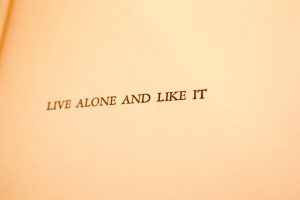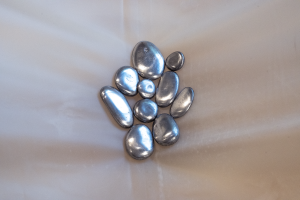“Collector’s Corner” looks at the artistic, curatorial, and cultural forces behind the act of collecting. We visit the homes, businesses, garages, desks, and closets of artists and cultural producers who thrive from this occasionally unruly practice. For this installment, we talk to Rob Sevier about his record collection at the offices of the Chicago-based record reissue label he helped found in Little Village, Numero Group.
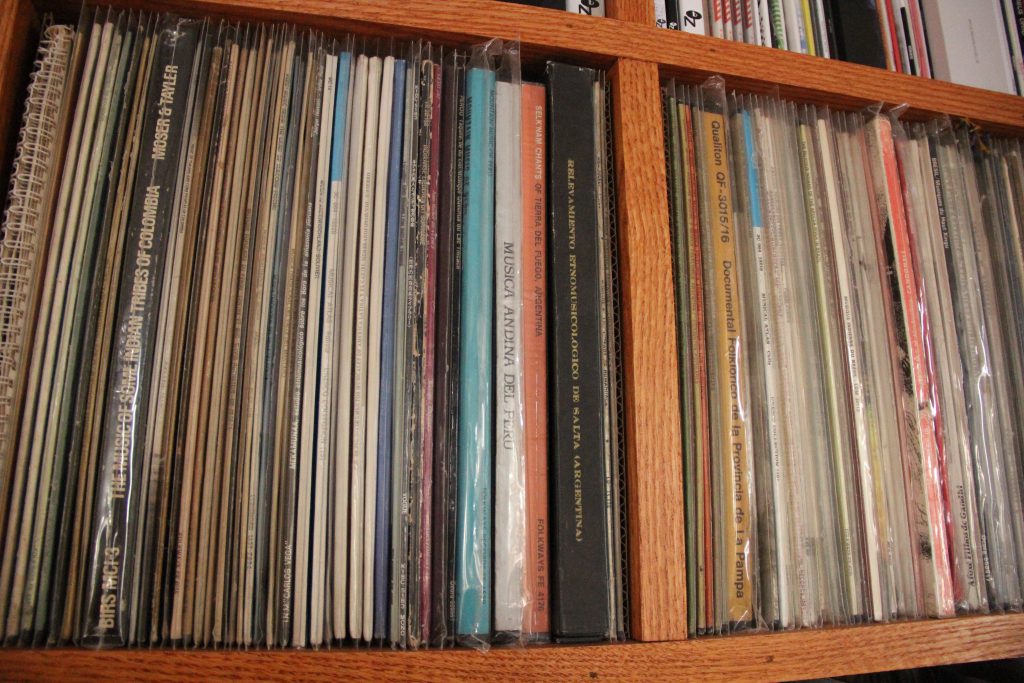
In Little Village you can spend lots of time walking to the pace of the neighborhood – the loud clog of people and cars beneath its famous archway, the food stands posted up on residential corners attended by entrepreneurial parents and their indifferent toddlers, the intricate murals that invite passersby to stop and stare for a while. The homes, businesses, even alleyways all have a role in what has made this area so distinct from others in the city. Part of what makes Little Village distinct is Numero Group: an archival record label founded in Chicago in 2003 by Rob Sevier and Ken Shipley. Numero Group started as a soul label with their Grammy-nominated flagship series, Eccentric Soul, which has reissued funk, soul, and gospel from mom and pop labels in Columbus, OH, Chicago, Detroit, St. Louis, Phoenix, Atlanta, Miami, and Kansas City.
While soul has remained as a mainstay in their catalog, they have never allowed themselves to be pigeon-holed as just a soul reissue label because of the incredible range of genres and publishing methods that they embrace. Just within the past year, they have released everything from an app of environmental sounds (Environments) to a compilation and magazine tracing the origins of exotica (Rhum Rhapsodies & Other Exotic Delights). Numero embraces the multi-genre, the esoteric, the forgotten, and gives it the home that it deserves. I sat down with Rob Sevier to discuss his personal collection.
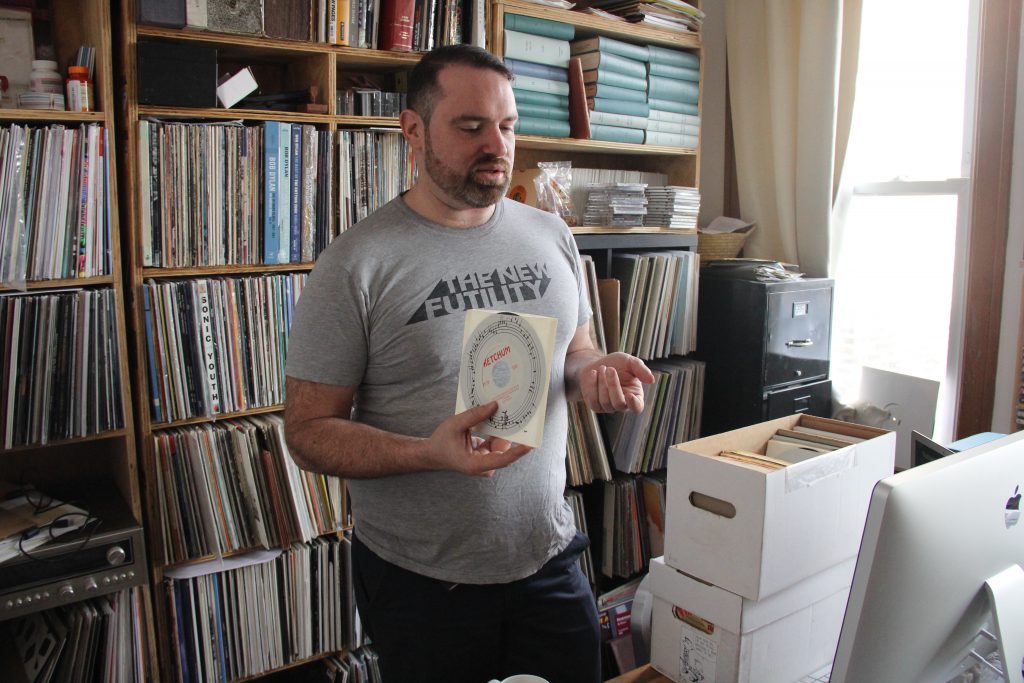
The warehouse office space at Numero Group is scattered with interns packing up records, receipts from the staff’s favorite neighborhood eatery, La Chaparrita, and lovingly stained mugs of day-old coffee. I follow Rob upstairs to his office to talk about some of his finds. The bookshelves are filled with records, his desk peppered with seven-inch records, books, tapes, and CDs, and file cabinets of ephemera hidden in the corners.
During the course of our interview, Rob doesn’t play a single record. It is clear that his approach to collecting has been an incredibly material experience. When he picks something up, he talks about the cover, what the people who made the music were like or how they lived, the way in which he “sourced” the record, or how he found pertinent information about it. This surprises me at first, but it shouldn’t given Numero’s approach to releasing records. Their liner notes are incredibly rich with the narrative, trajectory, and legacy of the artists that put them out. The records take on a historical value that plays alongside their musical value. For Numero, it is all about making connections through time and place to show how music is integral to the human experience all over the world and how music is the way that we respond to each other.
When you look at a record, the grooves that undulate across the front and back side represent each part of the songs that are pressed onto its surface. Many record owners clean their records fastidiously to prevent dust from getting into the grooves and compromising the sound of the record. The way that Rob Sevier arranges how the world of these artists is preserved in Numero’s releases is with a similar precision and care.
For Rob, once the music is in his hands, it becomes about the story. It becomes about the way that this work can be mapped onto things we might already know about that region, style of music, or sociopolitical climate. It is from this point of view that Rob will dip his hands into many pots in order to find precious information about an artist. He showed me one record, which had no identifiable information printed on the label about the person who made it other than one word, “Ketchum.” “You just listen to it and it’s like, ‘When is this from?’” Rob says. “It sounds like a demented person from 1970. Or something like that. Early ‘70s. In fact, it’s from ’77. Which nobody would guess.” He then describes a convoluted process for tracking down the creator involving matrix numbers and the Library of Congress. “There’s no way to date it based on the matrix number. I got a fairly significant amount of information from the Copyright Index. His original address, his full name; and I was able to track him down to what is 100% his address, where he lives right now. And I’ve sent ten letters over the years.” So far, no response from Ketchum. But the search continues.
It is different every time and, as with every insatiable collector, it never stops. Throughout our interview, Rob is interrupted numerous times with phone calls or emails from agents in the field sharing tiny bits of information – the name of a guy, an email, an address. This painstaking accretion of material, information, and resources is how Rob has been able to help release over 383 records in Numero’s time, each one of which took years of patience while any number of these tiny clues slowly came together.
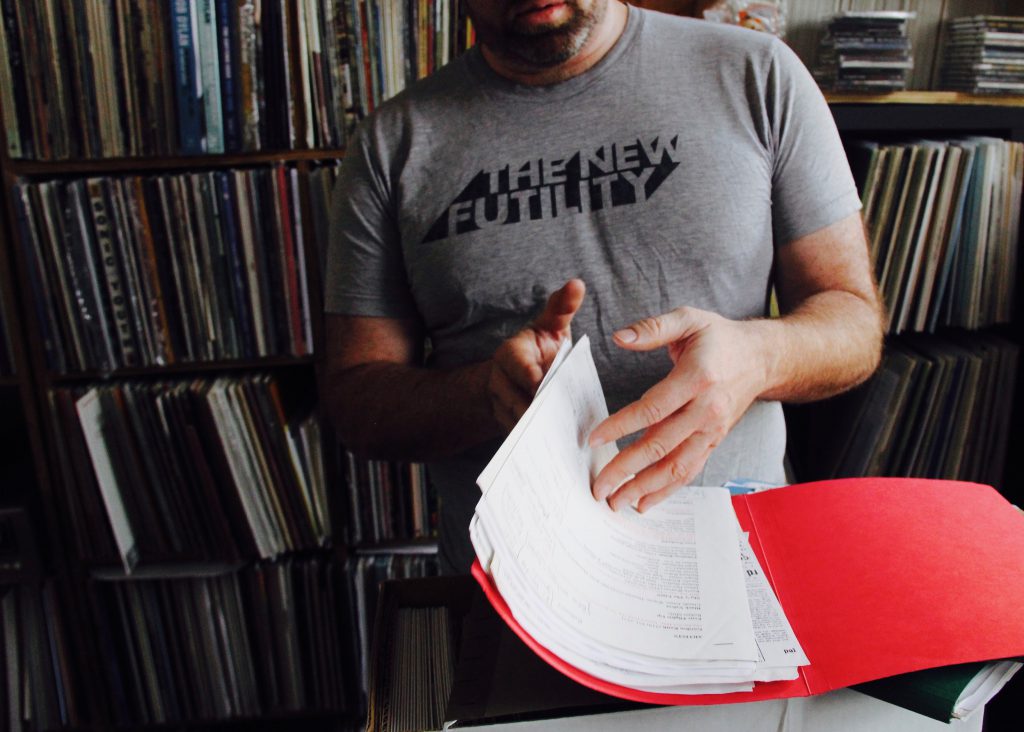
Often, Numero Group’s releases have enabled artists to break retreats or silences. This includes transgender Toronto soul singer, Jackie Shane. The liner notes by Rob Bowman, who helped produce the reissue with Sevier, mention how Shane “broke barriers for gay and transgendered people.” The record’s insert quotes from an interview with Shane, saying that was her intent. Artists that have been rejected by their community face an incredibly potent opportunity when asked to reissue with Numero, the chance to set the story straight.
In his office, Rob takes out a folder called “Chicago Soul.” He grew up in Chicago and started collecting soul in high school after he first heard the soul singer Syl Johnson. (Johnson’s entire run of recordings for Twinight, Zachron, and other rare imprints was reissued by Numero Group in 2012 as Syl Johnson: Complete Mythology, which earned two Grammy nominations for Best Album Notes and Best Historical Album.) One thing Rob never mentions in the interview is how much the records he collects and recirculates at Numero are actually worth. He can rattle off endless information about how, for example, there were two Master Plan Inc.’s in Chicago, one of whom never recorded, one of whom only managed to put out a single 45 – all without alluding to the price-tag for that lone Master Plan Inc. recording, which came out on the one-off label Mundo Record Corp. in 1980, and sold to a collector in 2011 for $1,000.
Rob’s point of view on the money question is more nuanced, if at times a little squirmy. “You are tapping into someone’s existing psychological private mind-garden of what this music is. There’s literally no market for it. So there’s no ‘value.’ Because what you’re then getting into is someone’s own experience of valuing. You know? And that’s complicated, because it’s not about money necessarily, it’s about its meaning to them.” Rob goes on to call this a “personal market economy.” In this way, he describes this process as often being therapeutic to these artists, allowing them to bring something that they have valued for so long into actuality by reaching audiences they were never able to access before.
Rob enjoys collecting all kinds of ephemera. In this folder, Sevier surprises himself by finding some flyers for an avant-garde jazz group from Egypt, the Cairo Free Jazz Ensemble. The band was originally a straight-ahead combo, the Cairo Jazz Band, that cut a very rare free jazz LP in 1970. Also in the folder is a “transliteration” of the group’s Music for Angela Davis from 1971. Why would a band from Cairo be in a folder about Chicago soul? For Rob, his approach to collecting is all-inclusive. Be it influence, style, sound – Sevier is constantly jumping from one association to another in order to get to the bigger picture: music’s own conversation with itself and how that slips out into the world and back in again.
Rob has deep respect for his peers. Paul Major, a musician, record dealer and an influence on Sevier, once tracked down a psychedelic rock record called “Slave of Fear” by the group Stone Axe and gave a copy to Sevier. Major “kind of created the collecting of outsider music,” Rob explains. His record catalogs Feel the Music and Sound Effects have been able to bring new, subterranean genres to passionate collectors and listeners. It is people like Major that serve as far-flung cogs in the recording finding and releasing machine. Sevier takes these relationships very seriously and cultivates lines of inquiry based on where people like Major have been and where they are going.
https://www.youtube.com/watch?v=th6L6IbXidw
Historically, Numero has a penchant for uncovering what collectors call “outsider music.” But as with most collector’s genres, that category begins to become muddled through time. Outsider art has cemented its way into our culture despite its reluctant or resistant intentions. Sevier defines “outsider music” as “somebody that was making music for themselves.” “I mean, music is strange, though,” he says, “because I think most people first make music for themselves anyway.” Robert Thornton Oehrig is one of many artists who have had their careers defined by the inside/outside dialectic of art. As a collector, Sevier immediately connected with the strange visuals accompanying Oehrig’s music. Even if he is uncertain of its “outsider” status, there are aspects of the record that seem to reinforce it. He flips the record around to show me the back cover. “So, the only information on here, that’s printed on every copy is that fact that it says ‘Thorn’ over it,” he says, chuckling.
Rob reads aloud from a different section of the cover: “I would like to be produced as a singer-songwriter because half of the poems I write turn out to be songs. Circuit Rider is my first album. I’m currently working on my second. If you think that you might like to handle me as an artist or if you find some of my material suitable for an artist that you already have under contract, please contact me.”
A sound like the burnt-to-a-crisp wailings of Circuit Rider can forever be debated as insider or outsider art. At least judging from the look of the album, though, Oehrig’s overwhelming need to be recognized (printing his pleas on the album itself) does jar with standard practice. What gets complicated about outsider art is often that the cash value is put on the eccentricity of the artist more than the work itself. Because of the artist’s life – traditionally, people who have experienced homelessness, mental illness, war veterans, etc. – their trauma becomes the thing that we pay for as proprietors of the work. With institutions like outsider art museums, reissue labels, and the like, who then profit off of the work of these “outsiders,” the issue of respect is densely more complicated.
Numero works hard at going against this exploitative machine. They spend years contacting artists and asking them to sign contracts that give them full artistic choice and agency. They drive across the country to find them, and if, in the end, things don’t work out, they move on. Because of the never-ending opportunity to rediscover the artists that Numero has an interest in, they are constantly working to build their archive and focus less on building a “brand,” sometimes to their detriment.
Among the influences Rob cites for his comprehensive knowledge of music, an unlikely one, perhaps, is The Whole Earth Catalog. As Rob flips through a vintage issue of it that sits on his desk, I can see a wave of nostalgia set in. This counterculture magazine was published between 1968–1972 and in many ways served as a proto-internet. An encyclopedia in miniature, it attempted to cover everything that was self-made in America – music, but also, food, books, electronic equipment – with a focus on self-sufficiency, ecology, and DIY education. Rob, coming of age in the 80s, came into contact with these materials as they started to fill thrift stores and second-hand shops. Flipping through the music section of the catalog, he realizes out loud that he now has almost everything listed in there, as if subconsciously (or maybe consciously), he had been acquiring the contents of the catalog his whole life.
What The Whole Earth Catalog provides, as Numero’s catalog or a collector’s archive provides, is connections. By placing seemingly dissimilar things together in an order, our minds naturally start to create meaning from the lapses in style, sound, and feel. The central gesture that is behind all of the music that Numero has put out is authenticity. Without this locally-tied, homegrown approach to music, we would have less of a sense of America’s alienation of certain types of people and less of an awareness of what art can bring in desperate times.
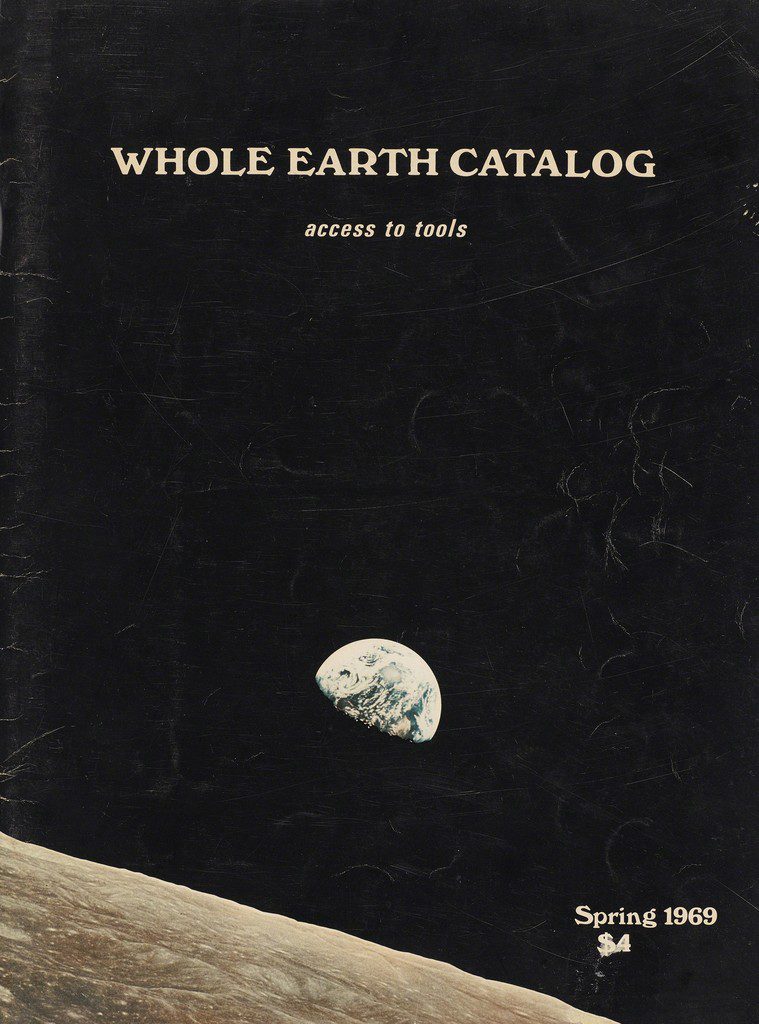
People like Sevier, who study and enrich our world with this archaeology of music, often go uncredited or unacknowledged. The trends behind music are always changing, with vinyl always in and out of fashion; it becomes the task of these musical stewards to open up our “whole earth” for new tunnels that we can explore, guided or not, and fall into.
Featured Image: A black and white photo of Rob Sevier holding a mug of coffee in his office. Behind him is a bookshelf filled with records. Photo by Max Maller.
Natasha Mijares is an artist, writer, curator, and teacher. She received her MFA in Writing from The School of the Art Institute of Chicago. She has been published in Container, Calamity, Vinyl Poetry, Bear Review, and has work forthcoming from Hypertext Magazine.




